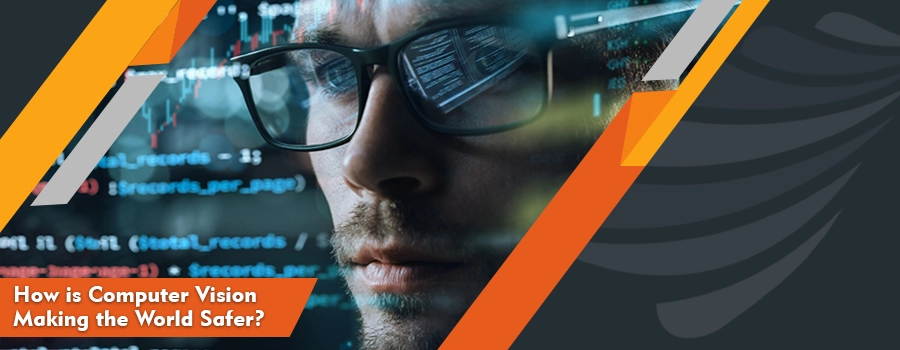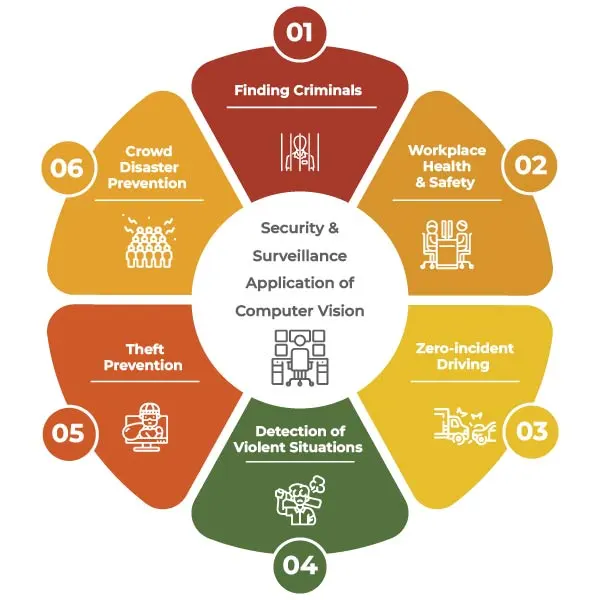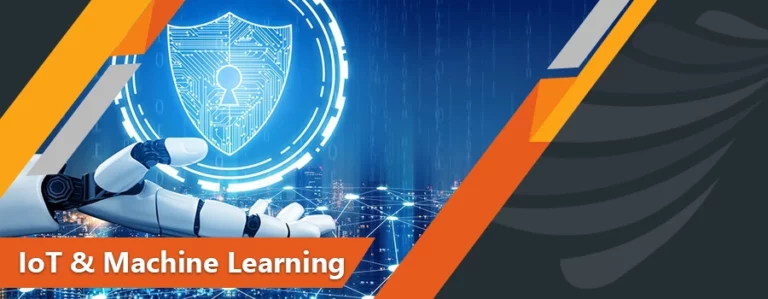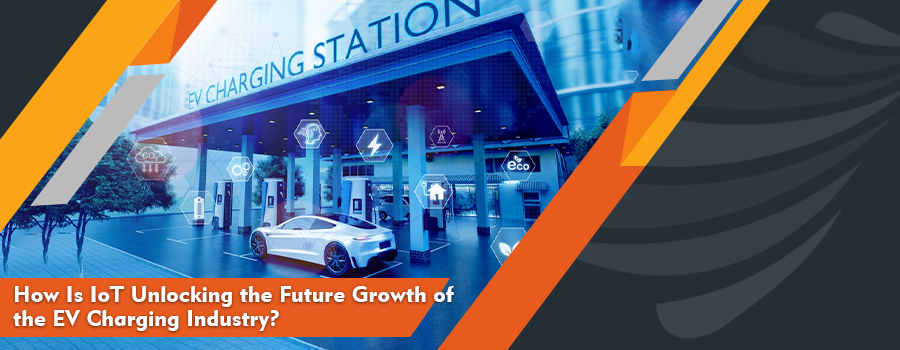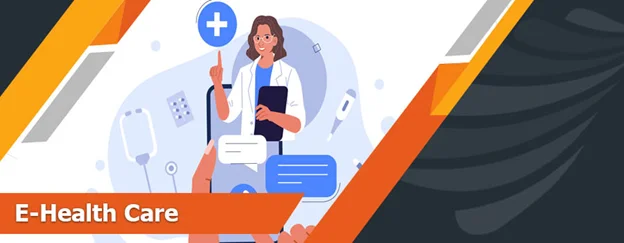The global crime rates and security concerns have been increasing dramatically, and so does the need for advanced security technologies to rectify the situation and bring peace to the world. As per the research conducted by Business Wire, it has been revealed that by 2025, demand for automated security and surveillance services will increase to $417 billion. This indicates that manual and conventional security services are not efficient and have limited capabilities depending upon the person performing them. For instance, security officers can only view footage for a limited time and with limited accuracy. Hence, instead of relying on the traditional methods of managing security in the big cities, the security and surveillance industry is now leveraging advanced technologies like Artificial Intelligence and Machine Learning to improve the efficiency of their services. Computer vision uses AI and ML along with vision analysis algorithms to identify the risk situation in the workplace, roads, and any other place for timely prevention. The adaptive cameras based on computer vision technology can view the recordings and analyze them to detect any kind of incident 24/7, without any human intervention and getting tired.
Computer vision has extraordinary potential, and technology can be utilized for fulfilling the security and surveillance aspects of smart cities. The following article discusses six use cases of computer vision technology implemented to ensure the world’s safety.
Security and Surveillance Application of Computer Vision
1. Finding Criminals
Tracing fugitive or escaped criminals are becoming a complex problem all around the globe. This puts the safety of the citizens at stake because if these criminals continue to roam around, they can impose irreversible damage and harm to the people in big cities. Manual identity checks by law enforcement agencies are insufficient as they do not produce accurate results. Technological advancement allows law enforcement agencies to use facial recognition to find wanted criminals. However, the level of accuracy provided by the AI systems combined with computer vision technology in this regard is still unmatchable.
Law enforcement bodies in different countries are now utilizing facial recognition systems based on computer vision technology to find criminals on a large scale, even if they are wearing masks. This computer vision-based, highly advanced system can be equipped in different parts of the cities, such as parks, roads, metropolitan areas, and airports, to identify and prevent criminal activities beforehand. Apart from identifying criminals, computer vision technology uses different video analysis algorithms to extract petty criminals’ suspicious behavior from CCTV footage. This immediately the police officers to intervene and take timely and appropriate action against the criminal accordingly.
2. Workplace Health and Safety
Workplace health and safety procedures are prioritized in every organization to increase employee awareness regarding workplace hazards. Despite implementing strict workplace health and safety protocols, accidents still occur, resulting in injuries, causalities, and financial loss. This is where computer vision technology comes into action.
The system is trained to detect vehicle collisions, inappropriate use of the equipment, unavailability of the safety gear for the employees, hazardous chemicals, overheating, and risk of injuries from potentially harmful machines like lorries and forklifts, etc. The computer vision system continuously alerts the operators whenever the employee is in a dangerous position. This kind of system has high demand in manufacturing industries.
On the other hand, in more modern workplaces, the computer vision system is customized to detect whether the employees are following the organizational rules, like adhering to workplace regulations and using protective clothing appropriately. The system can also track the anti-Covid-19 measures followed by every employee to prevent the sickness level across the organization.
3. Zero-incident Driving
Nearly 1.35 million people die in car accidents, and one of the most important reasons behind these causalities is the lack of attention. In order to improve passenger and driver safety and minimize road accident rates to a greater extent, computer vision-based transport safety software can be utilized. Computer vision and AI have unlimited potential, which is why they have been widely utilized for different purposes, organizational safety, criminal detection, or transport surveillance. While the tracking and object detection features analyze the driver’s suspicious behavior and facial recognition identifies the driver’s fatigue, sobriety, and engagement rate, the computer vision technology makes a communication network between the road infrastructure and car, making them function like a single network. The combination helps drivers to detect traffic conditions, overspeeding of vehicles, and suspicious activities to avoid unfortunate events.
With computer vision and AI-based surveillance, OLIOS can detect the license plates to find troublemakers and can be customized to also detect obstacles on the roads. In contrast, the systems like TrackPro can track the precise location of the vehicle while carefully monitoring the traffic flow.
4. Detection of Violent Situations
Another important application of computer vision in smart cities is the detection of violent and dangerous situations with the help of smart security surveillance. Such computer vision systems are equipped with highly standardized surveillance cameras that can be deployed in any part of the city where citizens’ safety is prioritized. This computer vision system can detect violent behavior, like fights, fires, kidnapping, damage to public property, or any other criminal activity. The system is highly effective in areas with a high rate of criminal activities and a shortage of security personnel. Detecting suspicious behavior in public spaces, flagging unwanted persons, identifying dangerous objects, and sending immediate alerts to the concerned authorities highlights ways computer vision technology is making the world better and safer.
5. Theft Prevention
Theft of valuable assets in big cities is another unsolved problem, which puts citizens and organizations at risk of financial loss. Apart from robberies at home, retail crime has become a prominent issue, especially in the post-pandemic situation. Due to theft, shoplifting, and lack of surveillance, the retail industry has faced significant financial loss. With the help of computer vision technology, shop owners can easily detect shoplifting by carefully observing the customer’s behavior at the store. Undoubtedly, the computer vision system is proving to be effective in reducing product loss and minimizing retail theft to a greater extent. Apart from the retail stores, the system can also be deployed in shopping malls, ATMs, banks, and every big or small shop to detect suspicious behavior and alert the authorities to prevent loss.
6. Crowd Disaster Prevention
Most crowded events, such as political events, sports, concerts, and festivals, occur in big cities. These events involve high risk. Hence, many security teams accompanied by security guards and equipment are appointed to decrease or eliminate the probability of unfortunate incidents such as terrorist attacks or stampedes, etc.
Computer vision technology has the potential to eliminate the challenges that are associated with high-risk events. The system also facilitates security companies to cover large areas with high accuracy and a limited number of security guards. The system can also detect unidentifiable or abandoned objects near the event location and alert the authorities for investigation.
Conclusion
Computer vision technology has great potential, especially in terms of its law enforcement applications. It can be instrumental in keeping citizens safe and secure by preventing criminal activities, road accidents and thefts. The technology is highly useful for the law enforcement bodies worldwide. The computer vision use cases for security and surveillance are not limited to applications defined in the following article.

